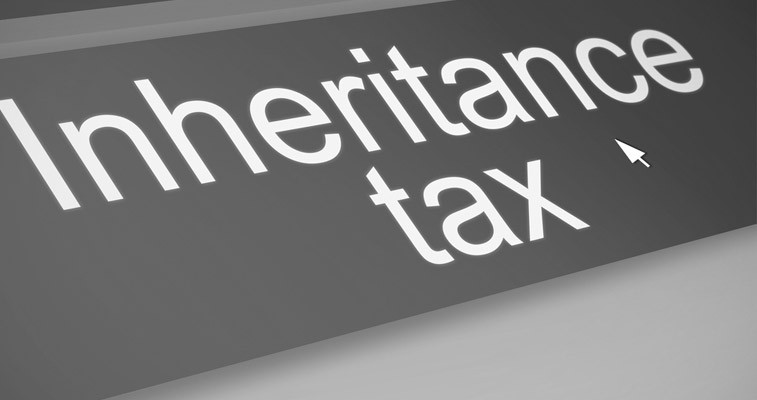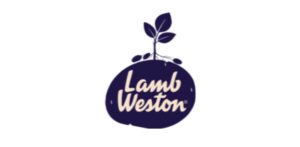Inheritance Tax Receipts raise £0.7 billion in one month

Inheritance tax receipts hit £0.7 billion in April 2024 according to data released by HM Revenue and Customs (HMRC) this morning. This is £85 million higher than in April of the previous tax year, and continues an upward trend over the last two decades. With such a strong start to the new tax year, predictions that Inheritance tax receipts top £9.5 billion before the end of the decade are looking increasingly realistic.
For those that are picking up the ‘death tax tab’, Wealth Club calculations suggest the average bill could increase to £243,000 in the 2023/24 tax year, with over 31,000 families having to hand over part of their inheritance to the taxman. This is a steep 13.3% increase from the £214,000 average paid just three years ago and a 15.9% rise in the number of estates paying the tax.
Nicholas Hyett, Investment Manager at Wealth Club said:
“Contrary to popular belief, inheritance tax doesn’t just affect the super-rich. Frozen tax brackets mean many who would not consider themselves wealthy will find themselves falling into the IHT bracket in future. Their standard of living hasn’t changed, indeed inflation means it might have gone backwards, but the government now considers them to be wealthy enough to face inheritance tax.
Pensions can be passed on to the next generation relatively tax efficiently, and the nil-rate residential band will help many pass on properties without too much hassle. The greatest IHT threat probably comes from where you least expect it: your ISA. While tax efficient in so many way, ISAs are not IHT free. So, if you do nothing, up to 40% of your long-term savings could end up with the taxman. An alternative is to invest in an AIM ISA, a managed portfolio of AIM shares that can be IHT free after two years. You still get the ISA benefits of tax-free income and growth for as long as you live, but you don’t need to worry about IHT on top.
For those who don’t expect to need their savings in the near term, and who are prepared to take more risk, investing in early-stage businesses through EIS and SEIS might be worth considering. Not only are they very tax efficient, including being free of IHT after two years, but your money goes to fund entrepreneurial companies, which is great for economic growth and job creation.”




